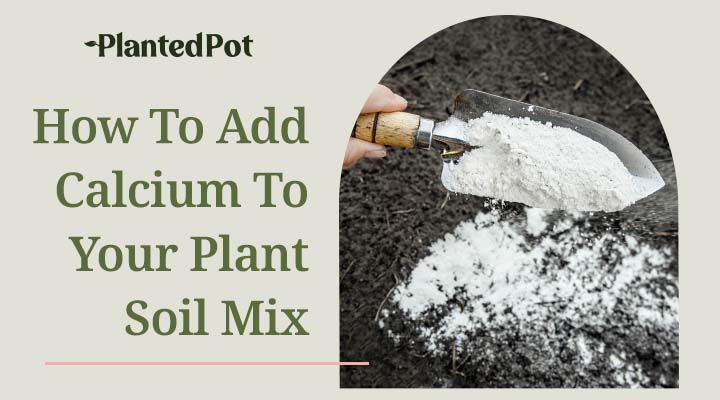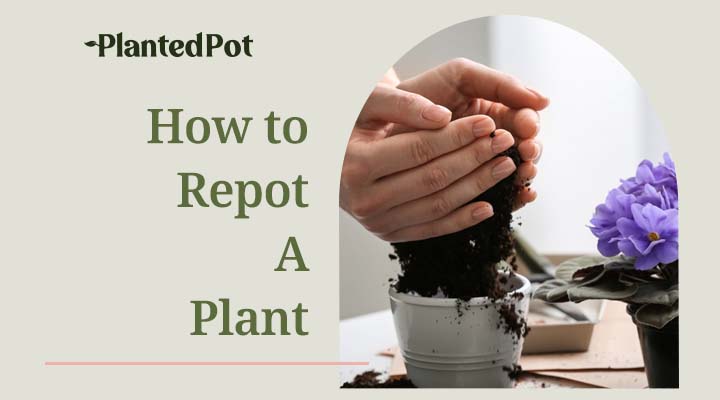
Air Plant Types: So Many Tillandsias To Choose From!
Home / Air Plant Types: So Many Tillandsias To Choose From!
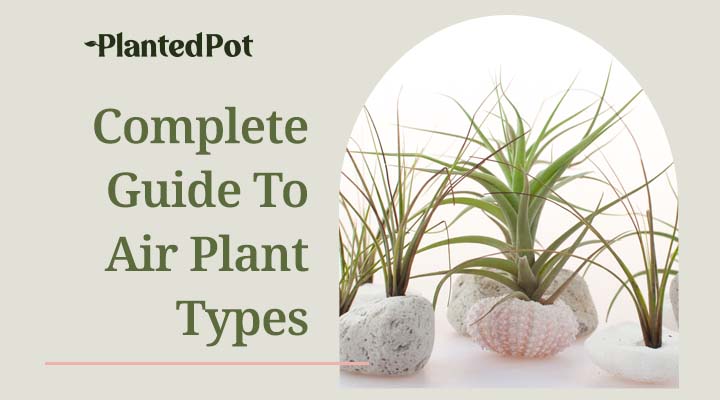
Air Plant Types: So Many Tillandsias To Choose From!
Air Plants are a breath of fresh air, literally! They liven up your space without taking up much of your time. You can use these whimsical, easy-to-grow plants to make glass terrariums and wow your guests with your keen eye for design. Sounds easy enough, right? There are many Air Plant types to choose from for inspiration!
The term “Air Plant” refers to roughly any of 500 different species of flowering perennial plants. Once a rare type of plant, Air Plants are now widely used in the gardening community! If you would like to flex your green thumb and show us what you got, keep reading!
What is an Air Plant?
Air Plants are also called tillandsias. They are part of the Bromeliaceae or Bromeliad species. They have also been categorized as epiphytes because they do not need soil to grow. While Air Plants don’t require soil to grow, they can’t just sprout out of nowhere! They need a platform to latch on to commence growing.
These plants are not parasitic and are not considered an invasive species. They use their host as a method of support. These plants can grow on bushes, rocks, and shrubs. They can also take residence on or around trees. So if you’ve ever seen a tree with other plants growing out of it, chances are it was an epiphyte! The plant’s roots are mainly used as a means of attaching itself to its support.
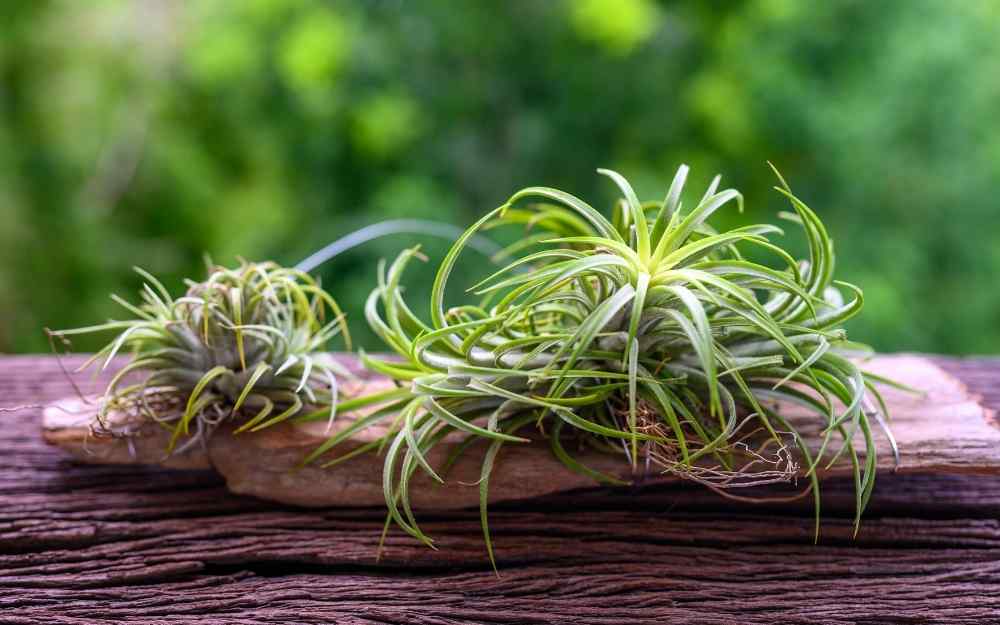
Air Plant Care
Air Plants aren’t just grown out in the wild! You can grow them in your own home. They are relatively simple to take care of, and in turn, they will provide your home with beautiful decor. An Air Plant requires three things above all: frequent watering, healthy air circulation, and brilliant filtered light.
Immerse your plant with water once a week for approximately 20 minutes. You can also opt to mist your plant 2 to 3 times each week. If they live in a dish, it is important to allow your plant about 3 to 4 hours of drying time before putting them back onto their dish. This final step might be the most important. If your plant is damp, it can’t breathe effectively. It is best to water your plant in the morning to allow it ample time to dry throughout the day.
There’s a common misconception we learn in grade school about plants and sunlight. We are mostly taught that plants need sunlight and a lot of it! Contrary to this belief, Air Plants prefer indirect or filtered sunlight. That being said, don’t leave your Air Plant in direct sunlight for extended periods. Filtered light can be described as a light that has been diffused by something like a sheer curtain. The plant may be a few feet away from the light source, still providing it with abundant sunlight.
Related: Air Plant Care [What to Do & What to Avoid]
What is the Most Common Air Plant?
There is not necessarily one most common type of Air Plant. Instead, there is a handful of plants that make up this category. With over 500 types of Air Plants, these few made the Air Plant hall of fame!
Brachycaulos
The Tillandsia Brachycaulos grows in numerous climates and is very adaptable to different conditions. This makes it a great plant for beginners. This sturdy Air Plant has wide green leaves that grow one upon the other; they resemble the leaves on top of a pineapple! It starts with a deep green color, and as it matures, it will transition to a variety of red and pink hues. This makes quite the impression in your home. Chances are, guests will be impressed with the beauty this plant adds to your space.
Tillandsia Bulbosa
This Air Plant has tentacle-like leaves and a bulbous base. Get it? Bulbous? Bulbosa? N0? Okay, moving on. Of all Air Plant varieties, Bulbosas are known for their unique, otherworldly appearance. If you want to make a statement, this is it right here! The leaves of the bulbosa are narrow and curled at the edge, creating a tubular straw-like shape.
As they mature, their leaves will turn a deep purple and red before the plant blooms. Their bulbous bases, which are mostly hollow, often serve as a home for ant colonies. So don’t be surprised if you see ants on or around your plant, especially if it’s an outdoor plant.
Tillandsia Ionantha
This plant is commonly known as the sky plant and is one of the most popular Air Plant varieties. It blooms brightly during its last living days with silvery green leaves to enhance its beauty!
Tillandsia Cyanea
This Air Plant, also known as the Pink Quill Plant, has pink bracts growing from the center that looks just like a feather quill. This plant enjoys bright light, unlike other Air Plants that require filtered light. Your tillandsia will only flower when it is old enough to do so. If you live in the most optimal environment, you should get a flowering stalk in 3 to 4 years.
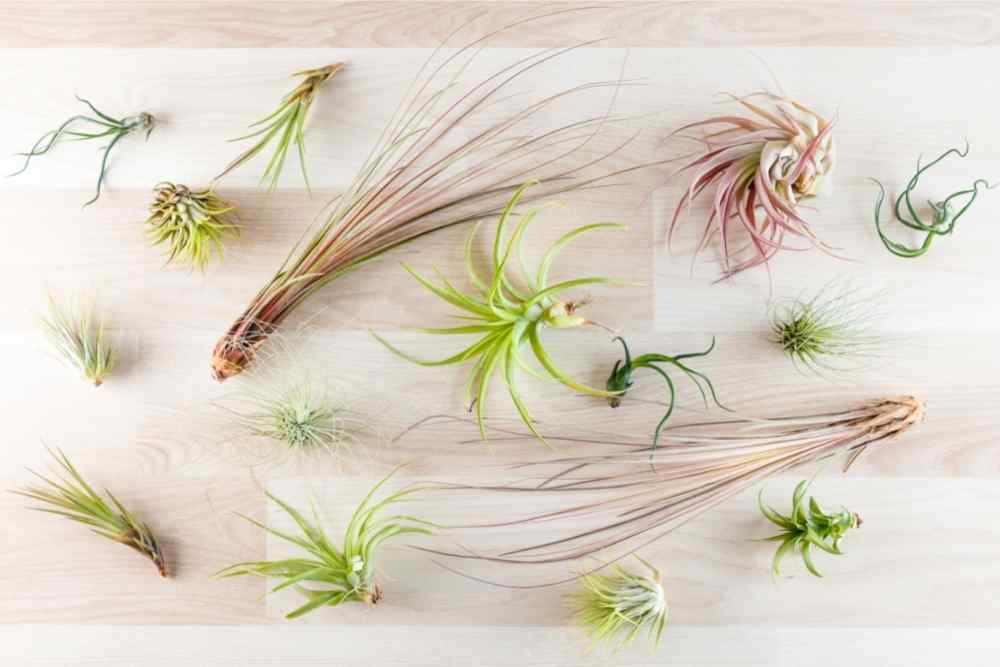
How Many Air Plant Types Are There?
The Air Plant is the largest member of the bromeliad family. This family encompasses the pineapple as well! Although estimates vary, most agree there are over 450 different types of Tillandsia, not to mention countless hybrids! Can you believe that no two Air Plants are the same?
Epiphytes are different from parasitic plants in that they don’t take any nutrients from their host plant. Instead, they survive by absorbing nutrients from the air, material on the host plants, and the rain. Although their leaves are often green, they may be yellow, pink, purple, or red. Many species are even fragrant. What’s not to love about this easy to care for, versatile plant?
The Most Popular Air Plant Types
Though there are many types of Air Plants, there are a few that you will see commonly in offices or homes. This is all about what you’re into, but if you’re here, then the chances are that you are into Air Plants just as much as we are! Here are a few types of Air Plants that you might spot in your dentist’s office or even within your friend’s Air Plant collection.
Tillandsia Xerographica
These plants, also called Xeros, come from Mexico, where they are found suspended in the tallest branches of the subtropical forests. Xeros have a very distinctive appearance even as Air Plants go. Their silver leaves dramatically curl and spiral around themselves as they grow. Thanks to its slow-growing habits, this plant will provide you with stunning decor for your home. Bonus points: it’s easy to care for.
Tillandsia Purpurea
Purpurea is just a fancy word for purple. This Air Plant is appropriately named for its bright, reddish-purple flowers. They even have a mild cinnamon-like aroma. The stiff leaves grow spirally, and are an elegant shade of purple-tinted mauve.
Tillandsia Aeronthos
Aeronthos is a popular Air Plant with scaly, silver-blue leaves. It has contrasting dark pink blooms. It is available in several forms, including a few hybrids. This Air Plant grows best in full to partial sun. It is best to give it some afternoon shade during really hot weather to prevent the leaves from getting fried.
What is the Easiest Air Plant to Care For?
Air Plants are generally easy to take care of and are considered relatively low maintenance plants. These plants are very particular about their sunlight and being relatively dry in between watering.
One of the easiest Air Plants to care for is the Tillandsia Fuchsia. We know this is a bit hard to pronounce. We get it. But trust us, if you’re a beginner, you’ll want to learn more about this particular plant.
Fuchsia hails from Mexico and Guatemala. It has leaf blades that are light sage green in color and very symmetrical. This plant can grow into a sphere over time. These plants do well in terrariums or a bowl with rocks, crystals, or other Air Plants! If it is living in an optimal environment, it can even do well sitting on a shelf.
Final Thoughts – Air Plant Types
Most Air Plants are easy to care for and don a very unique, often asymmetrical look. These beautiful plants add an interesting pop to the decor around your home or office. They are unique in aesthetic but also in care. With the proper love and simple care, this is a perfect plant to practice your green thumb on!



